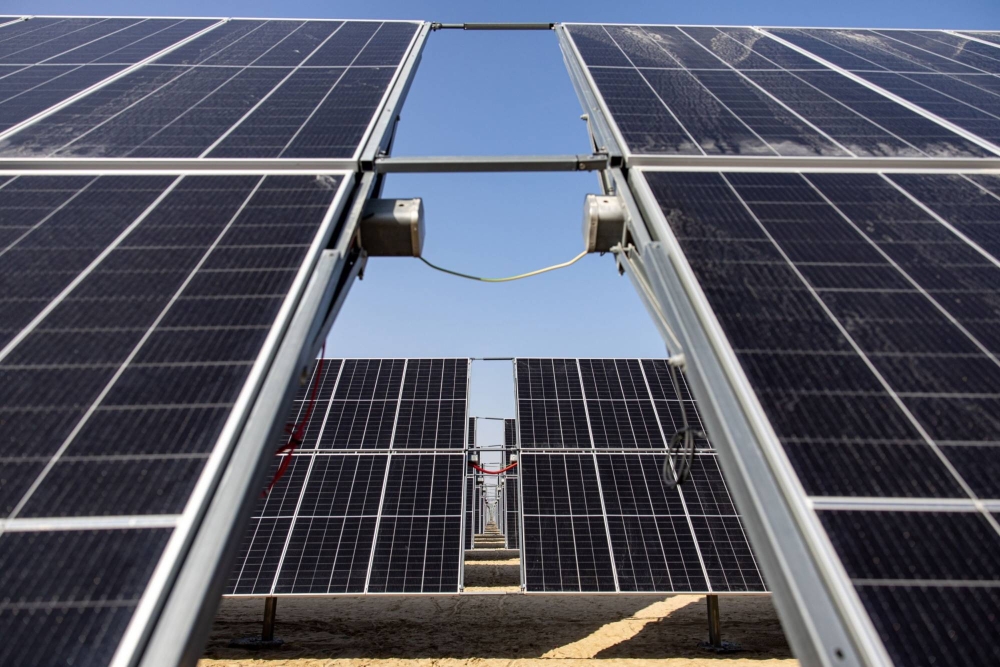
Pioneering the Future: Clean Energy Technology Unveiled
In the quest for a sustainable and eco-friendly future, clean energy technology takes center stage. This article embarks on a journey through the innovative landscape of clean energy, exploring the various technologies driving change, their benefits, and the transformative impact they have on our global energy paradigm.
Solar Power Revolution: Harnessing the Sun’s Energy
At the forefront of clean energy technology is the solar power revolution. Solar panels, equipped with photovoltaic cells, convert sunlight into electricity. This technology has evolved rapidly, becoming more efficient and cost-effective. Solar power not only provides a renewable and abundant energy source but also reduces reliance on fossil fuels, mitigating environmental impact.
Wind Energy Innovations: Capturing the Power of the Breeze
Wind energy has witnessed significant innovations in recent years. Advanced wind turbines harness the kinetic energy of the wind and convert it into electricity. From onshore to offshore installations, wind energy contributes to the diversification of clean energy sources. As technology improves, wind power becomes an increasingly viable and scalable solution.
Hydroelectric Advancements: Tapping into Flowing Energy
Hydroelectric power, a longstanding clean energy technology, continues to advance. Traditional dam systems and more modern run-of-river approaches harness the energy of flowing water to generate electricity. These methods provide reliable and continuous power, with minimal environmental impact when compared to conventional fossil fuel-based energy generation.
Geothermal Energy: Tapping into Earth’s Inner Heat
Geothermal energy taps into the Earth’s internal heat, providing a consistent and sustainable energy source. Enhanced geothermal systems and geothermal heat pumps are innovative technologies that make use of the Earth’s natural warmth for heating and electricity generation. This clean energy solution has low emissions and a small environmental footprint.
Advanced Bioenergy: From Biomass to Biofuels
Bioenergy technologies utilize organic materials, such as biomass and biofuels, to produce energy. Biomass power plants and biofuel refineries play a role in providing renewable energy while minimizing waste. The development of advanced bioenergy technologies contributes to a circular economy, where organic materials are efficiently used and reused.
Nuclear Power: Clean and Controversial
Nuclear power, while controversial, is considered a clean energy source due to its low carbon emissions during electricity generation. Advanced reactor designs aim to enhance safety and reduce nuclear waste. The ongoing debate surrounding nuclear power underscores the need for responsible and sustainable practices in harnessing this potent energy technology.
Smart Grids and Energy Storage: Revolutionizing Distribution
Clean energy technology extends beyond generation to distribution. Smart grids enhance the efficiency and reliability of energy distribution by incorporating advanced communication and control systems. Energy storage technologies, such as batteries, play a crucial role in storing excess energy for later use, addressing intermittency issues associated with renewable sources.
Energy Efficiency and Conservation: The Foundation of Clean Energy
At the heart of clean energy technology is the emphasis on energy efficiency and conservation. Smart building technologies, energy-efficient appliances, and conservation practices contribute to reducing overall energy demand. This foundational approach complements clean energy generation, creating a holistic strategy for a sustainable energy future.
Innovative Research and Development: Shaping Tomorrow’s Solutions
Ongoing research and development efforts continually shape the landscape of clean energy technology. From exploring new materials for solar panels to refining energy storage technologies, the innovation in this field is dynamic. Investment in research and development accelerates the adoption of cleaner and more efficient energy solutions.
Global Impact and Policy: Driving Clean Energy Adoption
The global impact of clean energy technology is closely linked to policies and international cooperation. Governments worldwide play a pivotal role in driving the adoption of clean energy through incentives, regulations, and agreements. These initiatives create an environment conducive to investment, innovation, and the widespread integration of clean energy technologies.
Conclusion: A Sustainable Energy Renaissance
In conclusion, clean energy technology represents a renaissance in our approach to energy generation and consumption. From harnessing the power of the sun and wind to tapping into the Earth’s natural resources, the diverse range of clean energy technologies offers a path towards a more sustainable and environmentally conscious future. To delve deeper into the world of clean energy technology, visit Clean Energy Technology.
